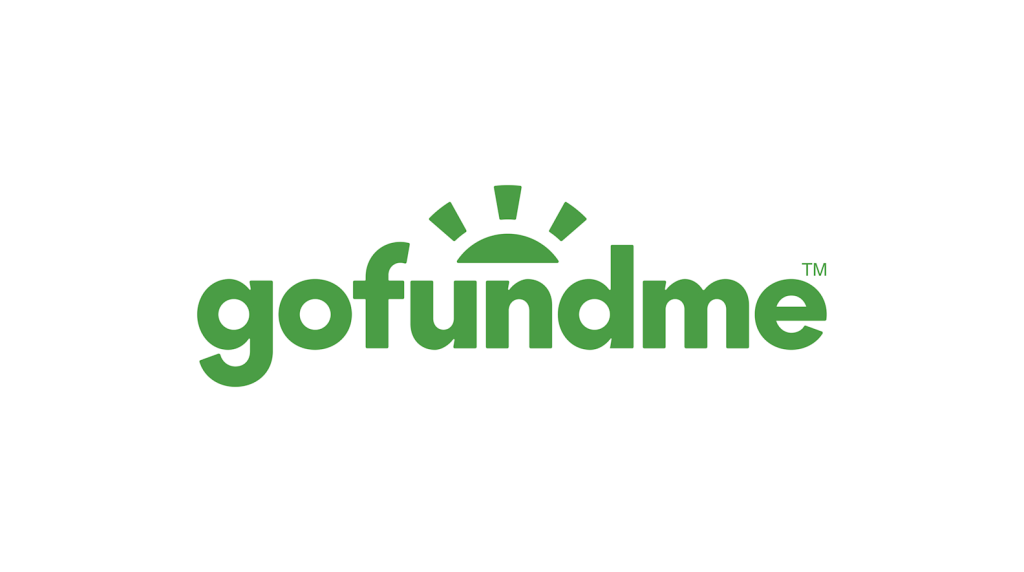Art museums and other nonprofits have whole departments devoted to fundraising that employ seasoned experts and deploy time-tested strategies to fill their coffers, and museum directors often spend a great deal of their time cultivating the kinds of major donors whose names grace institutions’ walls. So these organizations could be forgiven for being surprised when it emerged this fall that crowdfunding platform GoFundMe, better known for helping individuals and families raise money for medical expenses and other personal causes, booted up some 1.6 million pages benefiting US nonprofits, including dozens of major art museums, without informing the institutions themselves or giving them the opportunity to opt out.
GoFundMe set up pages for museums nationwide, including the Cleveland Museum of Art, the Baltimore Museum of Art, the Dallas Museum of Art, the Philadelphia Museum of Art, the San Francisco Museum of Modern Art, New York’s Museum of Art and Design, the Museum of Contemporary Art North Miami, and the Modern Art Museum of Fort Worth.
These pages were optimized for web searches and built to draw donors—which could easily draw potential donors away from the nonprofits’ own websites. GoFundMe charges a transaction fee, thus lessening the amount of the donation to the museums, as NonProfit News Feed reported, noting also that there would be an additional fee for recurring gifts and that the pages had a default “tip” to GoFundMe.
Since the donated funds were not broken down by type of nonprofit, a spokesperson said, GoFundMe could not determine how much money was donated to museums using these pages.
“We were not aware of this page and will be immediately working to disable it,” said Aschelle Morgan, director of external affairs at the Dallas Museum of Art, in an email. “To our knowledge, no funds have been raised, and we have not collected anything to date. We would not have moved forward with a GoFundMe page as it does not align with our fundraising strategy.”
A spokesperson for the Toledo Museum of Art said in an email that the institution “did learn that a GoFundMe page had been created without their knowledge. However, before they had the chance to inquire or request its removal, the page was taken down on its own. No contributions were made, and it has not reappeared since.”
By the time the museums were informed of the pages by ARTnews, GoFundMe had rethought its approach. By that time, a California ABC station had reported on the situation, and a week later, GoFundMe had published a blog post headlined “Nonprofit Pages – We Listened and Made Changes.”
“We understand clearly that our recent efforts with Nonprofit Pages have caused confusion, concern, and distraction from the vital missions of the very nonprofits we aim to support,” reads the post. “We are very sorry for this and take responsibility for missing the mark.”
In an email to ARTnews, a GoFundMe spokesperson said, “In 2024 alone, more than 65,000 nonprofits received donations on GoFundMe from our community of over 200 million. We wanted to lean into this behavior and make it even easier for people to support nonprofit causes.” The hope was that the nonprofit pages would help connect nonprofits with new donors.
“Every day, we hear from our nonprofit partners how difficult and expensive donor acquisition can be today,” the GoFundMe spokesperson continued. “Nonprofit Pages enable organizations to reach new audiences of potential supporters.” These pages are now opt-in only, and pages that were not claimed by their institutions have been removed.
Museums concerned that a page may have been created for them can search at GoFundMe’s “find your nonprofit” page.
